Mac to Maharaja: The story of the desi burger
The story of the burger in India is not just about what’s in between two pieces of bread. It’s also a story of how a greasy snack on the street corner turned into an aspirational meal for so many urban Indians.
Jim Delligatti is dead, Jesse Knutson said looking up from his newspaper.
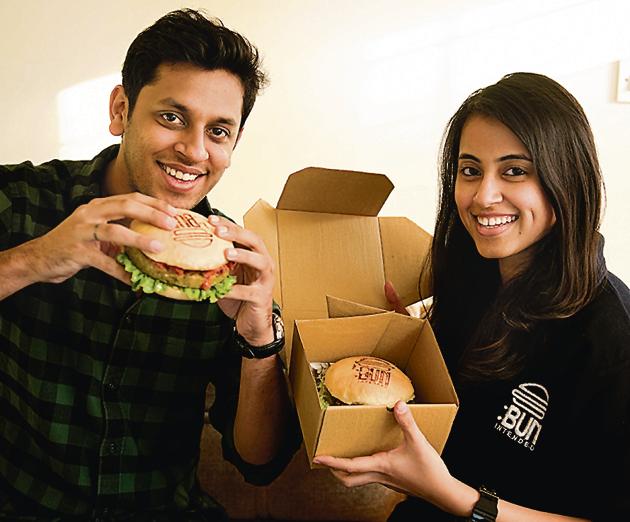
Knutson, a 38-year-old American professor of Sanskrit, recognised Delligati for what he was: a fast food icon who invented America’s most popular and least glamorous meal, the Big Mac. But to Sourav, Delligatti meant little. Sourav, 47, is a researcher in Allahabad, Uttar Pradesh. Knutson and he had been Facebook friends for a while and the two have a few things in common, including the burger. So when they finally met at the Indian Coffee House in Allahabad, where Knutson had gone on work, they did so over, well, burgers..
Sourav had just ordered the Coffee House Mutton Burger. “In these parts, we called this the Hamburger believing it had ham,” he said when Knutson repeated his announcement, complete with an it’s-the- end-of-an-era look. “He (Delligatti) may have made them (Big Mac). But I did not eat them. The Big Mac at McDonald’s in India is the Chicken Maharaja Mac. It’s a bit of a con,” said Sourav.
In 1967, Jim Delligatti, who ran one of the most successful McDonald franchises in the US, offered the company a recipe it didn’t refuse. A businessman from the upcoming coal-and-steel hub of Uniontown, Pennsylvania, he figured a coal miner’s body had to be built first in order to build the town. Workers needed bigger burgers. So he put two of everything in a single sesame bun –– two all-beef patties, special sauce, lettuce, cheese, pickles, onions –– and called it the Big Mac.
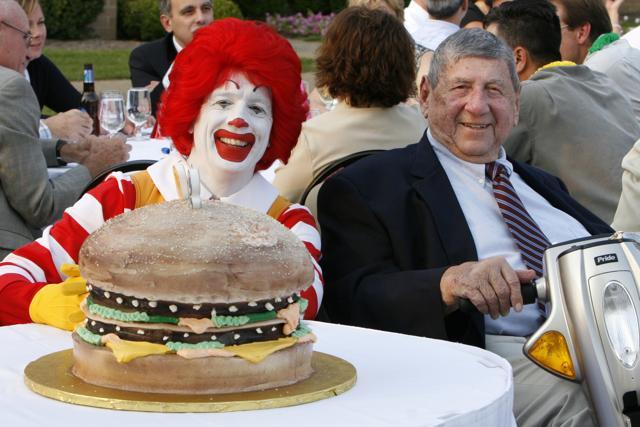
It never came to India as McDonald’s was obviously targeting a mass market, and beef is banned in most states of the country.
In India, burgers have their own history. The burger story of India, which predates the entry of McDonald’s (1996) and other international chains, is actually not just about what is found between two pieces of bread. It is also about how big cities and the Tier 2 towns, especially those with a pronounced colonial past, aspired to a ‘Western culture’, accessed through America, and adopted it as a lifestyle. Burgers, and fast food as a whole, became an important part of this new culture. They made room for it. Heck, they re-ordered their spaces for this.
Sourav, for instance, remembers having his first hot dog at Cosy Nook, a pavement kiosk in Allahabad run by a retired colonel with a handlebar moustache. When his father, a travelling salesman, took him out for a burger to the coffee house, the meeting place of the middle class in a post-colonial society, the gentleman wore a scarf. But the Cosy Nook, a throwback to the quaint old-world Anglo-Indian culture of the city, quietly shut shop, even as a standalone, fast-food restaurant, Hot Stuff, arrived there with the American-style burger in the late ’80s.
Ironically enough, in America where it is wildly popular, the burger is not fancy. It has no aspirational connotations. “The American concept of the burger – a big meat patty in a bun – is rooted in an old history of hunger,” says Knutson. “We’re all descendants of immigrants who came to America in search of wheat and meat.”
Aspiration to lifestyle
By the ’40s, the burger had entered but not yet taken the capital –– Delhi. Akash Kalra, the third generation of the iconic family-owned United Coffee House (UCH) restaurant in Connaught Place (CP) talks of how his grandfather sensed the shift in action from Chandni Chowk to CP in the ’40s. In the Chowk, the Kalras owned a restaurant, Esplanade, that catered mainly to Chowk traders and the American GIs lodged in barracks outside the Red Fort. The food that was served pleased both. There was an Indian lunch in the afternoon and live music and British club food in the evening : devilled eggs, sandwiches, hot dogs. And burgers.
In the late ’40s, a diverse clientele – the barrister taking a break from sessions, a Maharaja in Delhi out for shopping with his wife , the well-travelled businessman looking to sit around in a shop in late afternoon for tea and a cutlet – began flocking CP. “We moved to CP in 1947 with a new restaurant and brought in our Esplanade menu and started UCH as a savoury shop. We moved the burger to the heart of the city,” says Kalra.
Read: Hit then, hit now, Delhi’s famous pre-Independence eateries
Everyman’s food
A decade later in the same neighbourhood, DePaul’s in Janpath, put the chicken and the veg burgers on the plate. They had to be eaten while standing on the street. DePaul’s is equally famous for its cold coffee but they didn’t give the burger short shrift. The bread and patty are fried; its chicken burger is juicy and is flavoured with Indian masalas; its vegetarian patty is aloo tikki. Both may cause heartburn but the brave put it inside themselves – summer and winter.

Narendra Jain, a school teacher from Mumbai who was in Delhi to meet his daughter, turned out to be quite a DePaul’s fanatic: “It is good that some burger places don’t just have an animal-only approach…but we will go home and have a proper dinner. This is snack.” His wife nods in perfect understanding. Most Indians have a high tolerance for fast food but most of them will not dignify the burger with the status of a meal.
Two people did. In the ’70s, Lalit and Deepak Nirula, who belonged to a family of doctors-who-had-turned-hoteliers, inserted the family story into the burger saga by introducing the burger in their Hotshoppe, Snackbar and their chain of family restaurants –– Nirula’s. The Nirula’s burger launched a thousand grills. As Lalit Nirula puts it: “The thumb rule of every business story is that if it doesn’t work you are an idiot. If it’s a success, you are a genius.”
In obvious imitation of Nirula’s Hotshoppe, Hot Stuff came up in a typical Tier –2 city such as Allahabad. Scoop opened in Kolkata. Through the ’80s and the ’90s, the burger was a fast food success story that opened up the Indian palate to a different treatment of meat. “For the first time, I tasted a restaurant burger, mutton patty as grilled meat, bread that was not shallow fried but oven toasted, hash-brown potatoes as sides and mustard squeezed out of a plastic bottle…and a patty with a choice of with or without cheese,” says Sourav of the Hot Stuff burger.
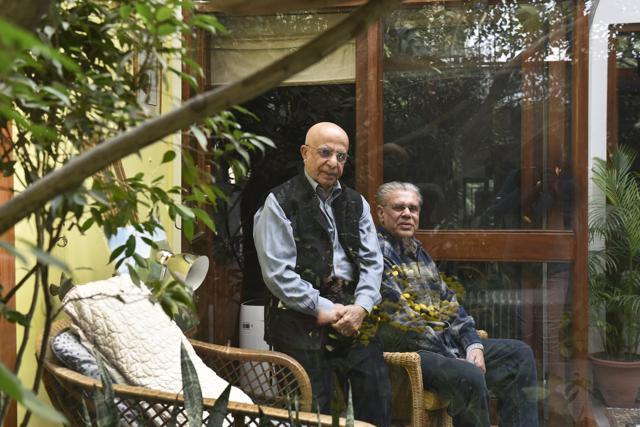
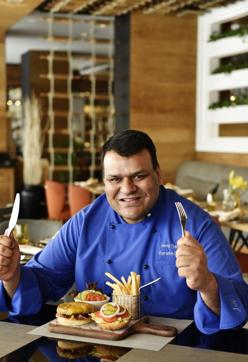
A customer, had, in fact, once complained about her burger, recounts Lalit Nirula, “that it was not the real thing’. She had come expecting fried meat and fried bread…. Fried burger certainly has a different mouth-feel to it.” Even Indian managers of well-known American restaurant franchises such as Johnny Rockets have grown up on this fried Indian burger. “I had burgers made in refined oil and aloo patty from cycle carts, vans, and at the school canteen,” says Ashok Kumar, manager, Johnny Rockets, CP.
The new burger
The rise of chicken as the top meat and beef as top vice is a later development in India’s burger story. Even at standalone restaurants –– or posh hotels –– it’s, at best, buff not beef. “Nowadays Indians seem to like neutral meat. There is also the red meat scare…. Bombay had beef burgers till the ’90s. You’d get it at Café Sundance,” says journalist Antoine Lewis who is a fine cook himself. The café closed in early 2000, for reasons other than the sidelining of beef. “You get good beef burgers in Bangalore and it has a stronger burger culture than Mumbai. In Mumbai, I’d rather eat a burger at a standalone restaurant than at a burger chain.”
Bangalore and Delhi have a growing population of young call-centre professionals who work late nights or return home to stay up late. This has led to a completely new lifestyle and a new way of eating. What turpentine is to cleaning an oil-painting brush, burgers now are to late-night cravings –– indispensable.
“In the night market, very few were doing authentic or gourmet burgers,” say Tania and Sahib, a couple who run Bun Intended, a burger home-delivery and takeaway in Delhi. The buns come stamped and there is a choice of duck, pork, tenderloin and tuna as stuffing if you are a non-vegetarian and tofu, mushroom and aubergine combinations if you are a vegetarian. One burger really makes a meal. In some ways, that’s the old Nirula’s model – don’t make the customer buy two.
“We put a lot of thought in our burger’s composition,” says Tania but she gets upset if customers keep wanting the “Indian taste.” “We do duck, pork, tuna, tenderloin, tofu…But I still get calls from people asking if I could do aloo tikki….”
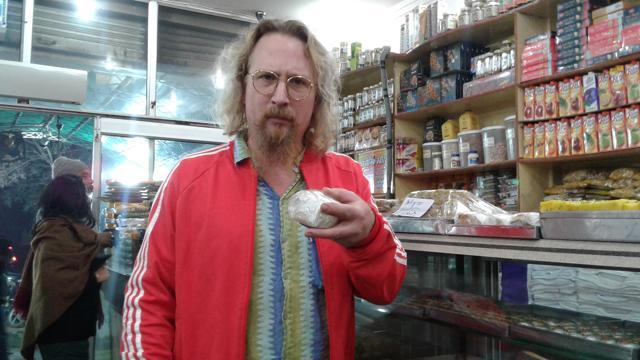
Tandoori burger anyone?
Avik Chanda, a marketing professional in Kolkata, sees all this talk about Indianisation of originally foreign food item as an unkind cut cut: “If the English can count Chicken Tikka and Balti as part of their national cuisine, what’s wrong with a Tandoori Burger?”
Everything apparently. To begin with, we don’t know how to leave the meat alone. “What defines a burger is that it has to be about the meat. In India, the concept of burger is doing things to the patty – marinating it, spicing it up, adding herbs to it,” says Knutson, who has serious burger-cred having eaten one every week all through his 38 years, and being the grandson of a meat salesman to boot. “There is intervention in the concept at every level.”
The American-style burger, says food historian Sohail Hashmi, never actually entered the Indian market. Instead, we made up our own inimitable burger tradition. Our adoption of Americana in parts was very much of a piece with our attitude towards it –– a constant swinging between love and hate. “Americana accessed through dissent –– protest music, faded jeans, hippy movement in the ’60s –– and then the drift towards the US in the late ’80s with the Grammy Awards et al,” says Hashmi.“Somewhere along the way we got to know its burgers. But we’ve all grown up eating spices fried in oil.Can they suddenly be thrown away?”
So where does all this leave the Indian burger? Well, sometimes fried. And sometimes not. But enough said. I know what I’m ordering tonight.





